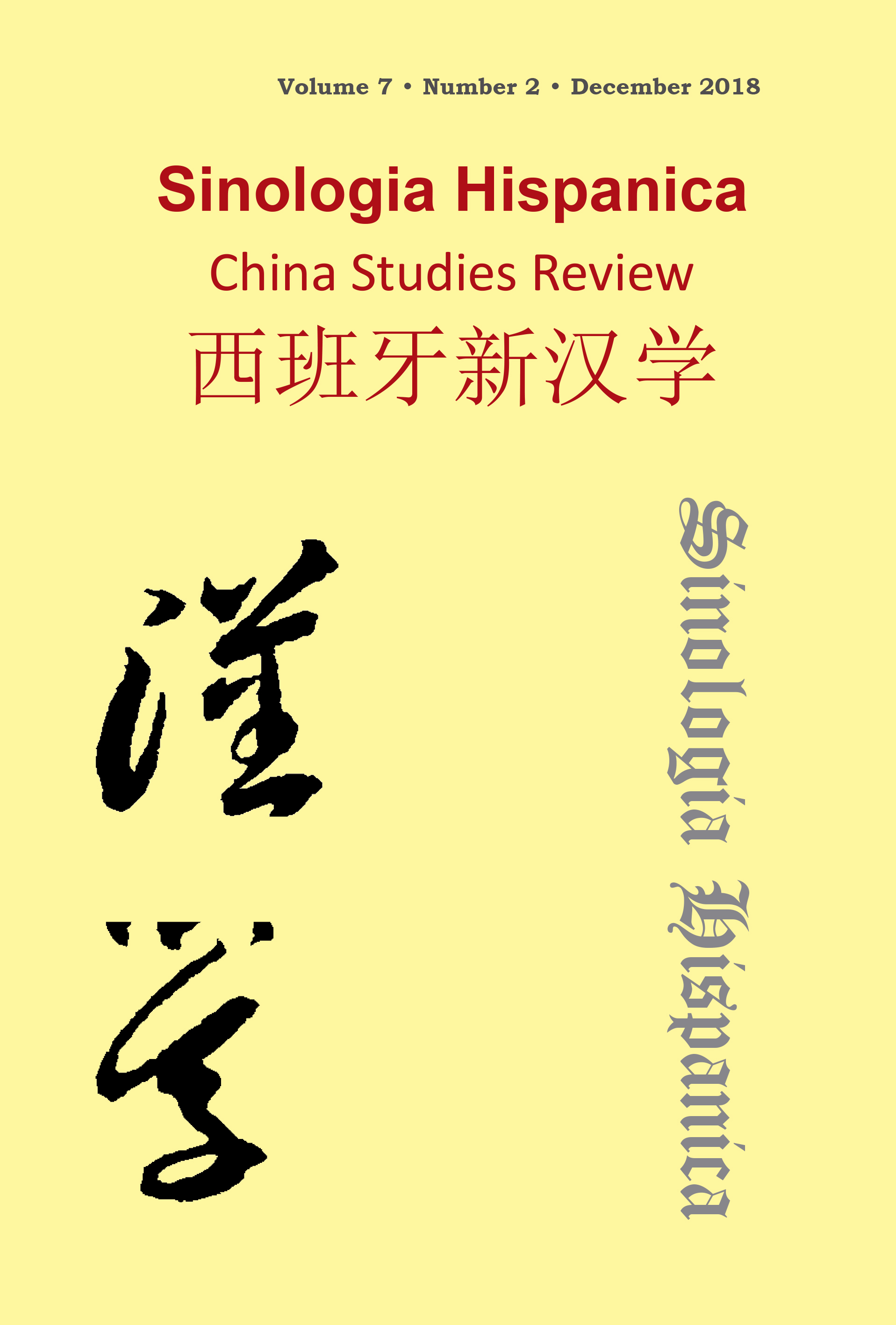China-Latin America and the Caribbean Relationships: History, Aspects and Implications
DOI:
https://doi.org/10.18002/sin.v7i2.5731Palabras clave:
China, Latin America and the Caribbean, relationships, energy, commerce, investments.Resumen
According to reports from the International Monetary Fund (IMF), in 2014, China became the first world power ousting the United States. This growth implies the need for access to a large amount of energy resources and raw materials. While in the past China was able to be self-sufficient, this is now impossible because the difference between what China consumes and what it produces is widening. For this reason, it is necessary for Beijing to carry out foreign relationships and policies that will enable it to meet its own needs. It is in Africa and in Latin America and the Caribbean where, over the last few decades, China has focused and directed its foreign policy. The aim of this paper is to provide a historical overview of the relations betweenChina and Latin America and the Caribbean, to
analyze the different aspects into which they are
divided, to identify similarities and differences
between China's relationships with Africa and
with Latin America and to assess the implications
that these relationships could have for other
countries and regions of the world.
Descargas
Métricas alternativas
Descargas
Publicado
Cómo citar
Número
Sección
Licencia
Derechos de autor 2019 Emilio Hernández

Esta obra está bajo una licencia internacional Creative Commons Atribución-NoComercial-CompartirIgual 4.0.
Sinologia Hispanica. China Studies Review considers all manuscripts on the strict condition that
- The authors grant on a nonexclusive basis the exploitation rights (reproduction, distribution, public communication and transformation) of the work accepted for publication to the University of León. The authors can establish, on their own, additional agreements for the non-exclusive distribution of the version of the work published in the journal (for example, placing it in an institutional repository or publishing it in a book), always acknowledging the initial publication in this journal.
- The manuscript is your own original work, and does not duplicate any other previously published work, including your own previously published work.
- The manuscript is not currently under consideration or peer review or accepted for publication or in press or published elsewhere.
- The manuscript contains nothing that is abusive, defamatory, libellous, obscene, fraudulent, or illegal.
- Please note that Sinologia Hispanica uses Turnitin software to screen manuscripts for unoriginal material. By submitting your manuscript to Sinologia Hispanica you are agreeing to any necessary originality checks your manuscript may have to undergo during the peer-review and production processes. Any author who fails to adhere to the above conditions will be rejected.
- Authors are allowed and encouraged to electronically disseminate the pre-print versions (version before being evaluated) and / or post-print (version evaluated and accepted for publication) of their works before publication, since it favors their circulation and earlier dissemination and with it a possible increase in its citation and scope among the academic community.
Sinologia Hispanica is under Creative Commons Attribution-NonCommercial-ShareAlike 4.0 International License. You can read more about this license in versión informativa and texto legal.








